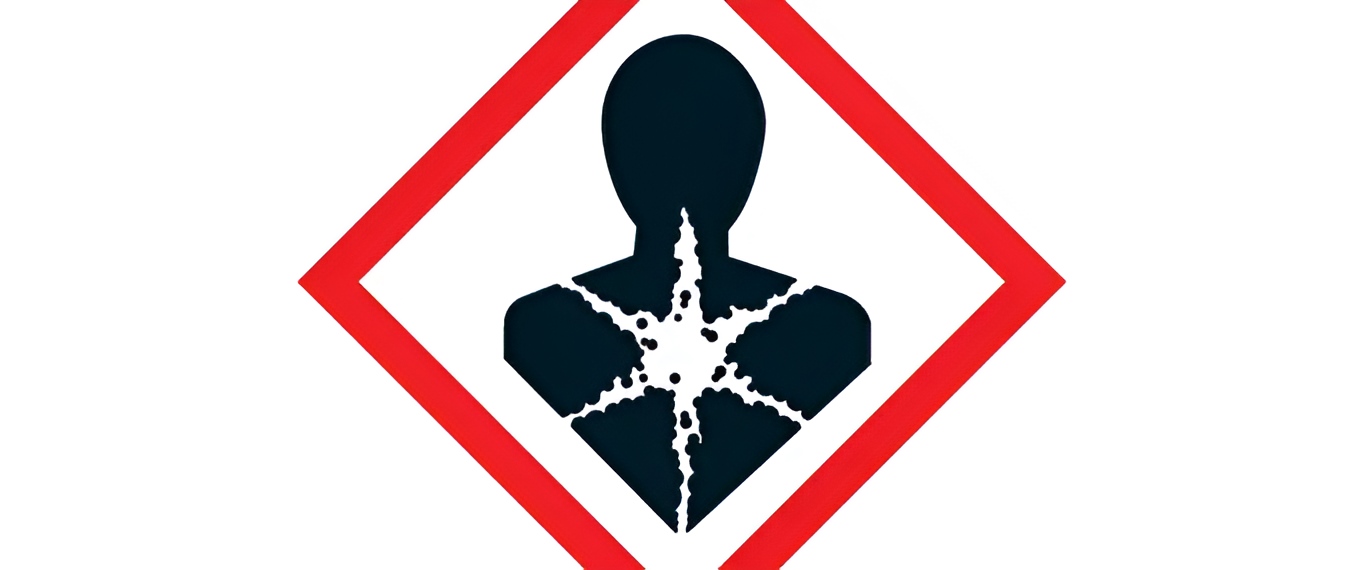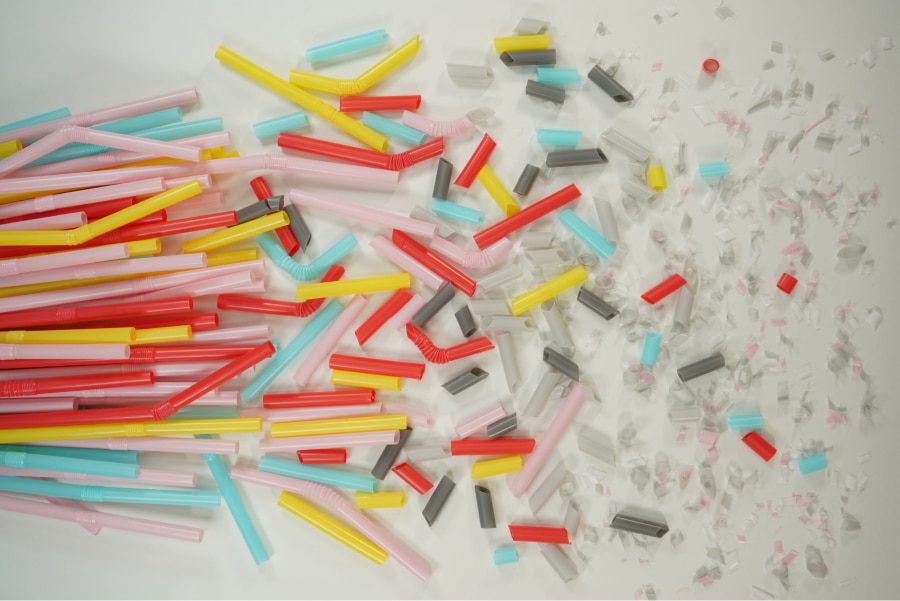Talc, a naturally occurring mineral composed of magnesium silicate, has been a subject of debate in the cosmetics industry for decades.
Valued for its absorbent, lubricating, and mattifying properties, talc is used in a wide range of products, including face powders, foundations, deodorants, and baby care items.
However, concerns have been raised about its safety due to the potential for asbestos contamination and a possible link to certain cancers, particularly ovarian and lung cancer.
These concerns have resulted in significant differences in how talcum powder in cosmetics is regulated in the European Union and the United States.
The EU applies a strict precautionary approach, grounded in risk prevention, while the US follows a less restrictive framework that relies largely on industry self-regulation.
Talcum Powder: What it is and Why it’s Controversial
Cosmetic talcum powder is a very fine powder produced by grinding talc ore, which can contain natural impurities such as asbestos — a known carcinogen.
Cross-contamination with asbestos can occur when talc deposits lie close to asbestos veins and are not thoroughly purified.
Key human health concerns include:
- Risk of ovarian cancer (prolonged use in the genital area),
- Risk of lung cancer from chronic inhalation (especially in operators),
- Possible lung irritation in young children.
The Regulatory Framework in the European Union
Talc is not banned in cosmetics under Regulation (EC) No. 1223/2009; however, its use is restricted. These restrictions are detailed in Annex III of the Regulation, which lists substances permitted only under specific conditions.
Talc appears in Annex III (item No. 65) with the following limitations:
- Prohibited in products for the anal and genital area intended for children under 3 years of age.
- Obligation to report on the label the warning: “Do not apply to the genital area of children under 3 years of age”.
In addition, talcum powder used in cosmetics must be entirely free from asbestos. This requirement must be verified through chemical–mineralogical analysis, which confirms the product’s purity.
The Scientific Committee on Consumer Safety (SCCS), the EU body providing the opinions that help define the regulatory framework for cosmetic ingredient safety (unlike in the US), has repeatedly concluded that:
- Pure talc, free of fibrous contaminants, can be considered safe;
- Measures should be taken to avoid chronic inhalation, especially in infants and children.
- Systemic toxicity is negligible in the case of topical use.
The US Approach: Self-regulation and Legal Disputes

In the United States, cosmetic regulation falls under the remit of the Food and Drug Administration (FDA), but significant gaps remain.
Limited and Outdated Cosmetics Legislation
In contrast to the European Union, where Regulation (EC) No. 1223/2009 provides a comprehensive and harmonised framework for cosmetic products, the United States had no specific, modernised legislation until 2022.
The FDA lacked the authority to require the registration of cosmetic products or to pre-approve ingredients, except for colourants. As a result:
- the use of talc was allowed without prior authorisation,
- there were no specific labelling requirements in relation to possible asbestos contamination,
- Proof of the absence of asbestos in products was not legally required.
However, manufacturers were still responsible for the safety of their cosmetics under the Federal Food, Drug, and Cosmetic Act (FD&C Act), which prohibits the marketing of adulterated or harmful products.
Modernising US Cosmetics Regulation: MoCRA 2022
With the introduction of the Modernization of Cosmetics Regulation Act (MoCRA) in December 2022, the regulatory landscape changed significantly.
MoCRA granted the FDA new powers, including:
- the obligation for producers to register production facilities and to provide up-to-date lists of products and ingredients,
- the ability for the FDA to request data on the safety of cosmetics,
- the power to order the recall of dangerous cosmetic products,
- the obligation to report serious adverse events.
In addition, MoCRA requires the FDA to publish a proposed regulation on the presence of asbestos in talcum powder by the end of 2025.
This marks an important step towards introducing stricter requirements for products containing talc, although there is currently no specific regulatory obligation to test for asbestos.
FDA Voluntary Controls for Talcum Powder in Cosmetics

Since 2009, the FDA has been conducting sample testing of talc-containing products for asbestos contamination. However:
- the tests are voluntary and not systematic,
- there is still no federal obligation for manufacturers to test their products for asbestos, pending future legislation under MoCRA.
Class Actions and Public Pressure
Numerous lawsuits have been filed against major companies – most notably Johnson & Johnson – resulting in billions of pounds in damages awarded to consumers who developed ovarian cancer or mesothelioma.
In 2020, Johnson & Johnson announced it would discontinue sales of its baby powder in the United States and Canada, replacing it with a cornstarch-based formula. However, the talcum powder product initially remained available in European and other international markets.
Regulatory Differences Compared
| Aspect | European Union | United States |
|---|---|---|
| General regulations | Reg. (EC) 1223/2009 | MoCRA |
| Talc allowed? | Yes, with restrictions | Yes, without specific restrictions |
| Asbestos testing obligation | Yes, implicitly required | No, optional |
| Mandatory labelling | Yes (e.g. children <3 years) | No |
| Pre-market valuation | Yes (cosmetic safety rating) | No |
| Competent authority | Ministries of Health + European Commission | FDA |
| Talc classification | Based on purity | No specific legal classification |
The Role of CLP Classification and REACH in Europe
In the EU, in addition to the cosmetics regulation, the following also apply:
- CLP Regulation (EC) No. 1272/2008, which classifies hazardous substances,
- the REACH Regulation (EC) No. 1907/2006, which obliges manufacturers to register chemicals and communicate hazards.
Talc is not currently classified as a carcinogen in the EU, provided it is free from asbestos. However, if talc is contaminated with asbestos, it is considered a hazardous mixture and becomes subject to specific requirements, including the provision of a safety data sheet, appropriate labelling, and usage restrictions.
Conclusions: Regulatory Differences on Talcum Powder Between the EU and US
The case of talcum powder highlights two contrasting regulatory approaches.
- In Europe, a preventive, tightly regulated, and restrictive system ensures that even commonly used ingredients are closely monitored and controlled.
- In the United States – at least until the introduction of MoCRA – a reactive approach prevailed, relying on producer responsibility and post-event measures such as class actions and voluntary product withdrawals.
With MoCRA now in force, a gradual alignment between the two systems is anticipated. However, significant differences remain: a product containing talcum powder could be perfectly legal in the US yet banned or subject to different labelling requirements in Europe.
For cosmetic companies operating in both markets, it is crucial to understand the relevant regulations, verify the source of talc, and consider alternative formulation strategies (such as talc-free products), which are increasingly in demand among consumers.
Contact us and we will be happy to help you ensure your product remains compliant across all relevant destination markets.



